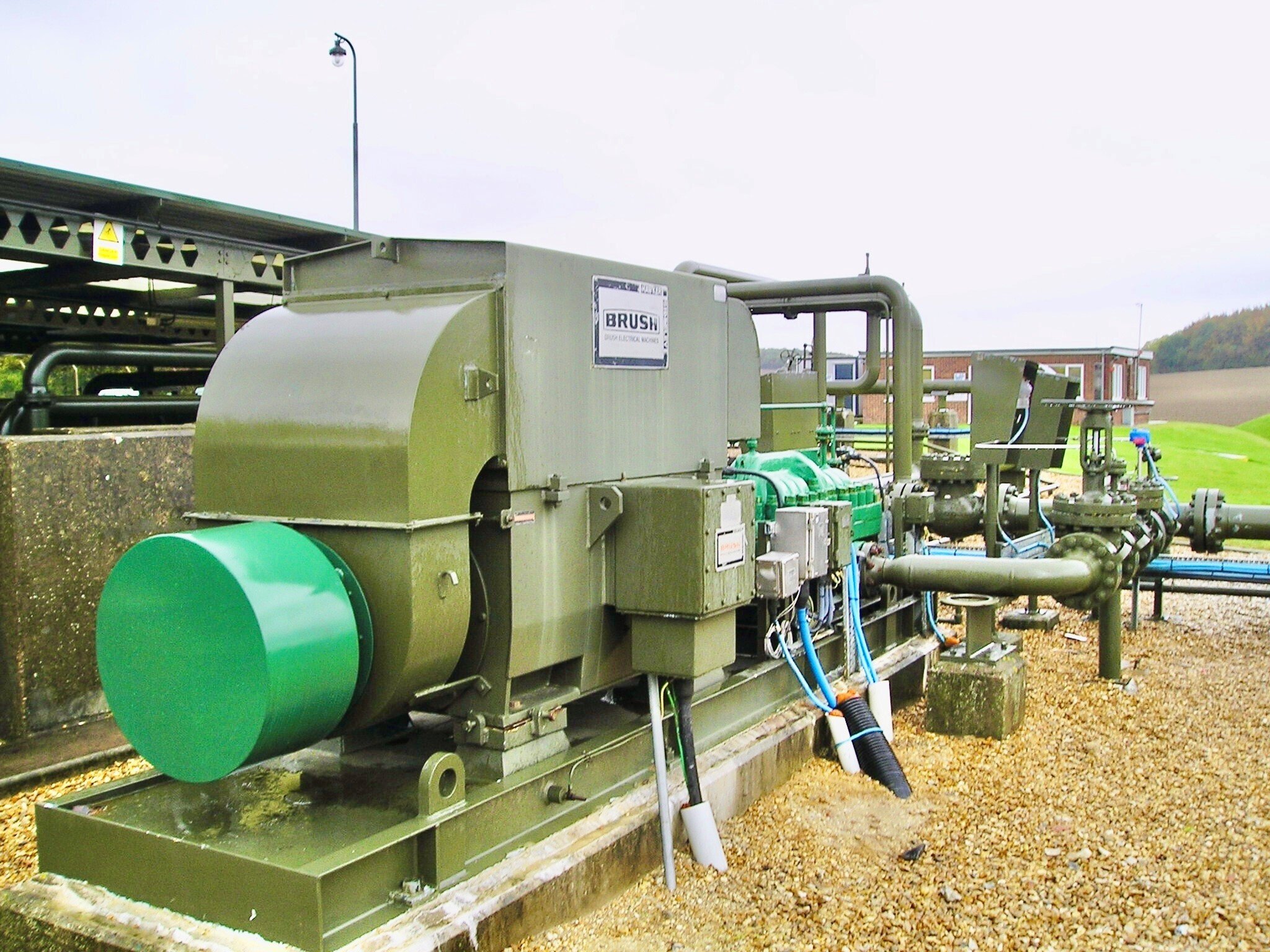The Challenges in Implementing Condition Monitoring Systems in Remote Locations & How to Overcome Them
Condition monitoring (CM) systems are vital for predictive maintenance, helping industries detect equipment issues before failures occur. In sectors such as oil & gas, mining, and renewable energy, many critical assets are located in remote or inaccessible locations. While implementing CM in these settings offers significant benefits, it also presents unique challenges. In this article, we explore the key obstacles to deploying condition monitoring in remote areas—and how organisations can successfully overcome them.
1. Connectivity and Data Transmission Limitations
Challenge: Remote sites often lack stable internet or cellular coverage, making real-time data transmission to centralised monitoring centers unreliable or impossible.
Solutions:
- Edge Computing: Deploy edge devices that can process data locally, reducing the need for constant connectivity. Only essential data or alerts are transmitted when a connection is available.
- Satellite Communication: Leverage satellite networks to ensure connectivity where traditional networks fall short.
- Data Compression & Prioritisation: Compress sensor data and prioritise critical information to minimise bandwidth usage.
2. Power Supply Constraints
Challenge: Many remote installations do not have a reliable power supply, which is critical for running sensors, communication devices, and edge computers.
Solutions:
- Solar or Wind Power Solutions: Use renewable energy sources combined with battery storage to power monitoring equipment.
- Low-Power Sensors: Invest in energy-efficient hardware designed specifically for off-grid use.
- Scheduled Operation: Run non-essential systems only at certain intervals to conserve power.
3. Harsh Environmental Conditions
Challenge: Extreme temperatures, humidity, dust, or vibration can damage sensitive equipment and reduce sensor accuracy.
Solutions:
- Ruggedised Equipment: Choose industrial-grade sensors and enclosures that are rated for specific environmental conditions (e.g., IP67 for water/dust protection).
- Regular Calibration: Implement scheduled calibration checks either remotely or during maintenance visits.
- Redundant Systems: Use backup sensors or dual-path data systems to maintain reliability in case of hardware failure.
4. Limited On-Site Technical Support
Challenge: Skilled personnel may not be readily available to install, maintain, or troubleshoot CM systems in remote areas.
Solutions:
- Plug-and-Play Systems: Use CM systems that are easy to install and require minimal configuration.
- Remote Diagnostics: Equip systems with remote access for diagnostics and updates via secure connections.
- Training & Documentation: Provide local staff with comprehensive guides or augmented reality support tools for basic troubleshooting.
5. High Initial Investment and ROI Concerns
Challenge: The cost of deploying CM in remote areas is typically higher, raising concerns about the return on investment (ROI).
Solutions:
- Pilot Programs: Start with a small-scale deployment to validate benefits and fine-tune system design.
- Modular Solutions: Invest in scalable systems that can expand over time as ROI is demonstrated.
- Performance Analytics: Use analytics to quantify asset health improvements, downtime reduction, and cost savings over time.
6. Integration with Existing Infrastructure
Challenge: Legacy equipment or siloed data systems can hinder seamless integration of new CM technologies.
Solutions:
- Open Protocols: Choose CM systems that support open standards (e.g., MQTT, OPC UA) for interoperability.
- IoT Gateways: Use gateways to bridge modern sensors with older PLCs and SCADA systems.
- Custom API Development: Where necessary, develop custom APIs to facilitate data exchange with existing systems.
Conclusion
Implementing condition monitoring in remote locations is no small feat, but the long-term benefits—reduced downtime, extended asset life, and improved safety—make it a worthwhile investment. By leveraging edge computing, renewable energy, ruggedised hardware, and scalable technologies, organisations can overcome the challenges and unlock the full potential of predictive maintenance, even in the most isolated environments.
Looking to implement condition monitoring in a remote location?
Get in touch with our experts to find the right solution tailored to your operational needs.



